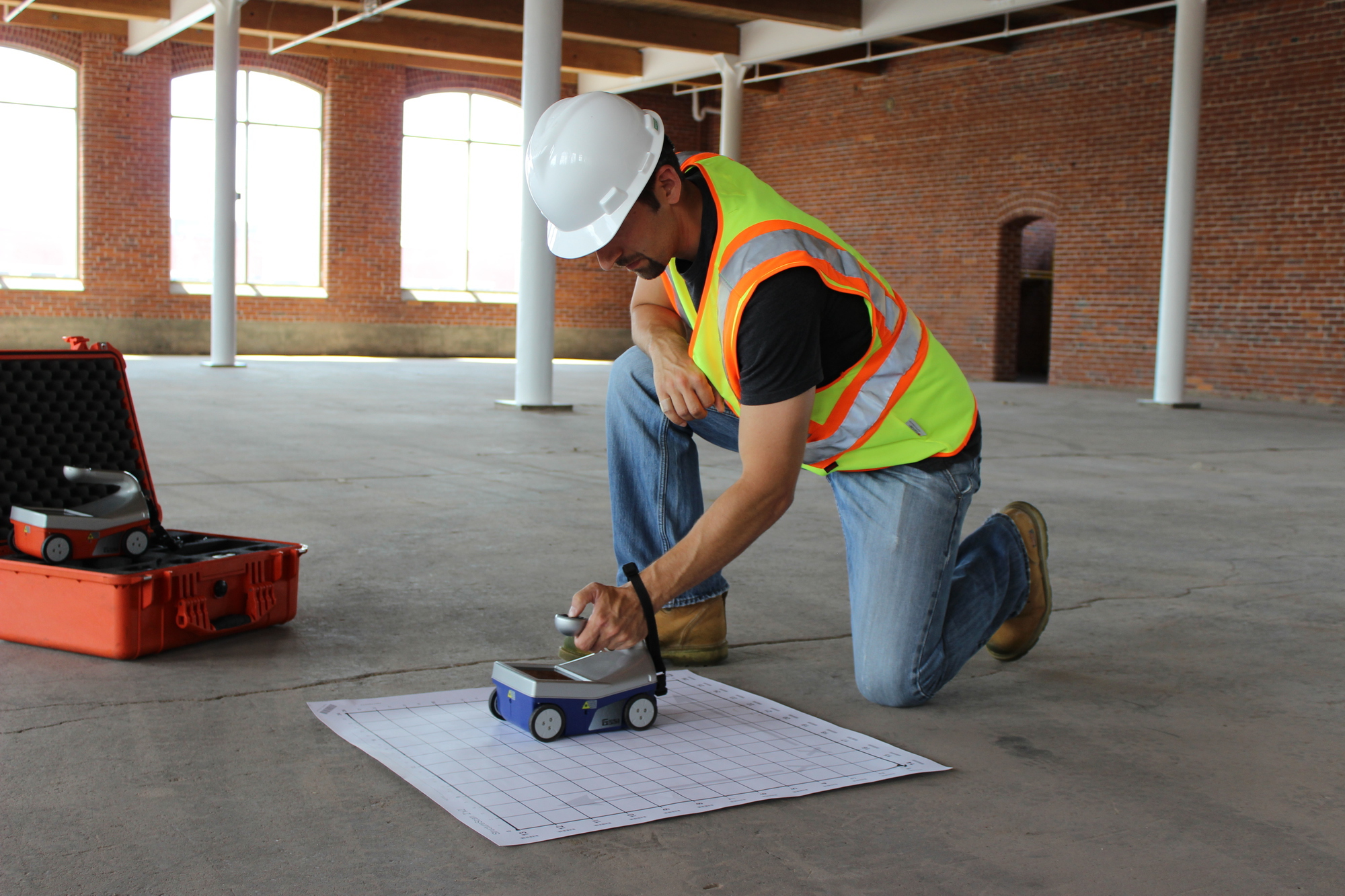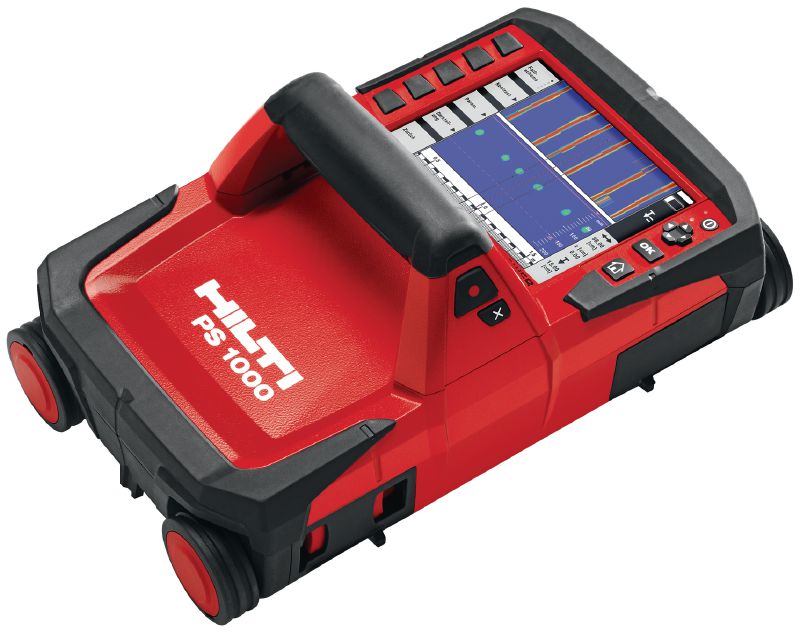RainierGPR Service Areas: Comprehensive Coverage for Concrete Scanning
RainierGPR Service Areas: Comprehensive Coverage for Concrete Scanning
Blog Article
Concrete Scanning: A Crucial Step Towards Ensuring Architectural Integrity and Safety
In the realm of building and framework maintenance, the relevance of concrete scanning can not be overemphasized. By utilizing sophisticated modern technology and methodologies, concrete scanning offers as an essential device in making sure that the integrity and safety and security of bridges and structures are promoted to the greatest standards.
Value of Concrete Scanning
Concrete scanning plays a crucial role in ensuring the structural integrity and safety and security of buildings and framework jobs. By making use of sophisticated modern technologies such as ground-penetrating radar (GPR) and electro-magnetic induction, experts can non-destructively check concrete frameworks to discover prospective flaws, spaces, embedded things, and support format. This process makes it possible for very early discovery of abnormalities that might compromise the security of a structure, protecting against pricey problems and making sure the safety of passengers.
Prior to exploration, reducing, or coring into concrete, scanning helps recognize the precise locations of rebar, post-tension cables, and other ingrained elements, minimizing the danger of unintended hits that can lead to architectural weak points. Furthermore, concrete scanning aids in quality control by confirming the density of concrete covers and identifying any discrepancies that might impact the overall longevity of the structure.
Innovation for Concrete Inspection

Advantages of Very Early Discovery
Timely detection of structural issues can significantly mitigate dangers and ensure the long life of building and construction projects. By identifying potential problems beforehand in the building process, stakeholders can take positive steps to deal with problems prior to they rise into larger and a lot more costly troubles. Among the vital advantages of early detection is the avoidance of architectural failures, which can present serious safety and security threats and lead to job delays and monetary losses.
In addition, early detection enables timely repair services and upkeep, which can help extend the life expectancy of the framework. By resolving problems promptly, building teams can avoid pricey repair services or also the need for early substitute of structural components. This proactive technique not only conserves money and time yet additionally improves the overall safety and security and toughness of the building and construction project.
Additionally, very early detection can boost job preparation and decision-making by supplying stakeholders with beneficial insights right into the condition of the structure. Armed with this details, project managers can make enlightened selections pertaining to building products, timelines, and techniques, resulting in a lot more reliable and successful task outcomes.
Guaranteeing Structural Security
Guaranteeing the structural stability of a building project is extremely important to its safety and long life. Structural stability describes the capacity of a structure or infrastructure to keep its type and feature under numerous loads and ecological problems. To accomplish this, thorough evaluation and tracking of the framework are her latest blog crucial. Concrete scanning plays a critical role in making sure structural security by finding prospective problems such as voids, delamination, or support corrosion that could compromise the stability of the structure in time.
By making use of innovative scanning modern technologies like ground-penetrating radar (GPR) and electro-magnetic induction, building specialists can non-invasively examine concrete frameworks to identify locations of concern below the surface area. This proactive strategy enables for the very early discovery of problems or weak points, allowing punctual repairs or support to stop architectural failings.
Normal concrete scanning throughout different building and construction phases and throughout the life process of a framework can help keep its stability, reduce risks, and guarantee the security of passengers. By focusing on architectural security with concrete scanning, building and construction jobs can boost their durability and sturdiness, eventually contributing to better safety and security and longevity.

Stopping Crucial Failings
Executing routine examinations, such as concrete scanning, can disclose covert flaws like spaces, fractures, or rust that might jeopardize the integrity of a structure. By using advanced scanning technologies like Ground Penetrating Radar (GPR) or Concrete X-ray, designers can non-destructively evaluate the problem of concrete and identify weak factors that call for reinforcement or repair service.

Conclusion
In conclusion, concrete scanning plays a vital function in making certain architectural stability and security by utilizing innovative technology for early discovery of potential problems. This aggressive technique helps stop essential failures and ensures the stability of structures. It is necessary to prioritize concrete assessment as a basic technique to safeguard the durability and safety of structures and infrastructure.
Concrete scanning plays an essential duty visit the site in guaranteeing the architectural stability and safety of structures and framework tasks. Furthermore, concrete scanning help in quality control by verifying the thickness of concrete covers and spotting any kind of discrepancies that might affect the general sturdiness of the framework. Concrete scanning plays an important function in ensuring structural security by finding prospective concerns such as voids, delamination, or reinforcement rust that could endanger the honesty of the framework over time.

In final thought, concrete scanning plays an important function in guaranteeing architectural stability and safety by making use of innovative technology for early discovery of possible issues.
Report this page